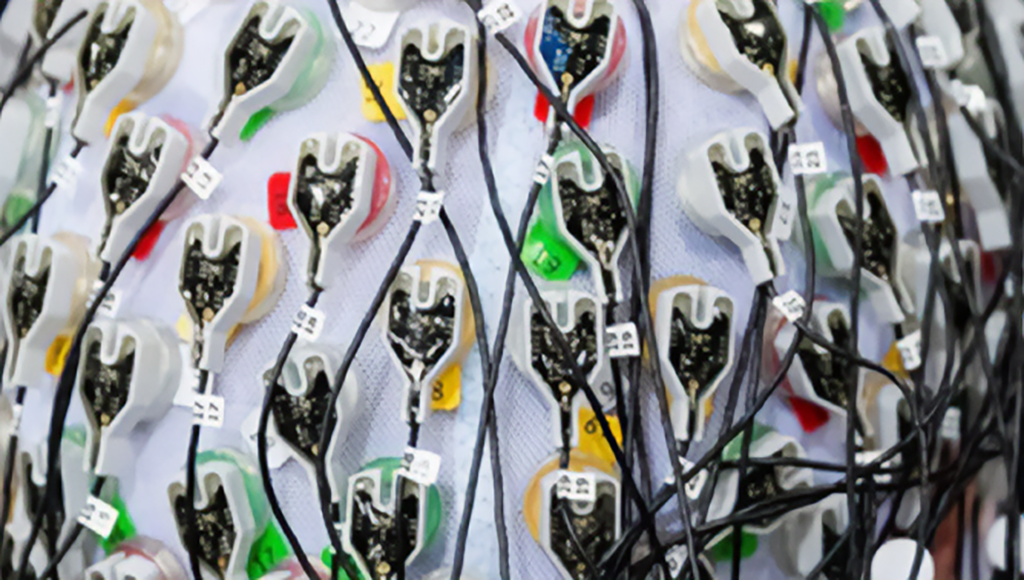March of 2025 saw the release of Neuralink’s brain-computer interfaces: medical innovations and ethical challenges, authored by Andrea Lavazza, Michela Balconi, Marcello Ienca, Francesca Minerva, Federico Gustavo Pizzetti, Massimo Reichlin, Francesco Samorè, Vittorio A. Sironi, Marta Sosa Navarro and Sarah Songhorian.
The article appears in the open access publication Frontiers in Human Dynamics, and is part of a series of 10 articles that appear in a collection titled Socio-Legal, Ethical, Technical and Medical Considerations on Neuroprivacy and Brain-Machine Interaction Technologies in the era of A.I.
Regular readers will be familiar with many of these authors, Andrea Lavazza for example has collaborated several times with the Foundation over many years, while Francesco Samorè is serving General Secretary. The article itself is the further development of an instant workshop that brought together the authors at the University of Milan in February 2024, video and reports of which are available on the Foundation website.
The abstract summarizes the authors’ positioning:
Neuralink’s advancements in brain-computer interface (BCI) technology have positioned the company as a leader in this emerging field. The first human implant in 2024, followed by subsequent developments such as the Blindsight implant for vision restoration, marks a significant milestone in neurotechnology. Neuralink’s innovations, including miniaturized devices and robotic implantation techniques, promise transformative applications for individuals with neurological conditions. However, these advancements raise critical clinical, ethical, and regulatory questions. From a clinical perspective, BCIs show potential in addressing severe disabilities, but the long-term effects, safety, and usability of these devices remain uncertain. Ethical concerns focus on informed consent, patient autonomy, and the implications of integrating BCIs into human identity. The bidirectional nature of Neuralink’s devices introduces privacy risks, highlighting the need for stringent oversight to safeguard sensitive neural data. Furthermore, the company’s initial lack of transparency, such as delayed trial registration, has drawn criticism from the scientific community for deviating from established norms of research ethics. Regulatory challenges also emerge as BCIs intersect with frameworks governing data privacy, medical devices, and artificial intelligence. The lack of a cohesive legal framework for neurotechnology underscores the importance of developing comprehensive standards to balance innovation with the protection of fundamental rights. Finally, philosophical questions about human identity and agency arise as BCIs blur the boundaries between mind, body, and technology. As BCI technology advances, it is imperative for the scientific community, policymakers, and society to collaborate in addressing the opportunities and risks posed by this transformative innovation.
Beginning with a brief history, the article describes clinical, bioethical, neuroethical, legal, psychological, philosophical, and enhancement aspects of neurotechnological development, with questions of responsibility in innovation running throughout. The authors guide the reader through discussions around risk, cost and benefit, privacy, transparency, the protection and advancement of human rights, regulation, the influence of AI on neurotechnological developments, the primacy of thought over action, posthumanism (the creation of human-machine hybrids), human enhancement, and questions around access for all to such technologies.
This well rounded and easy to read document is an ideal starting point for anyone interested in these fast-moving developments, and is free to read and download here.
















